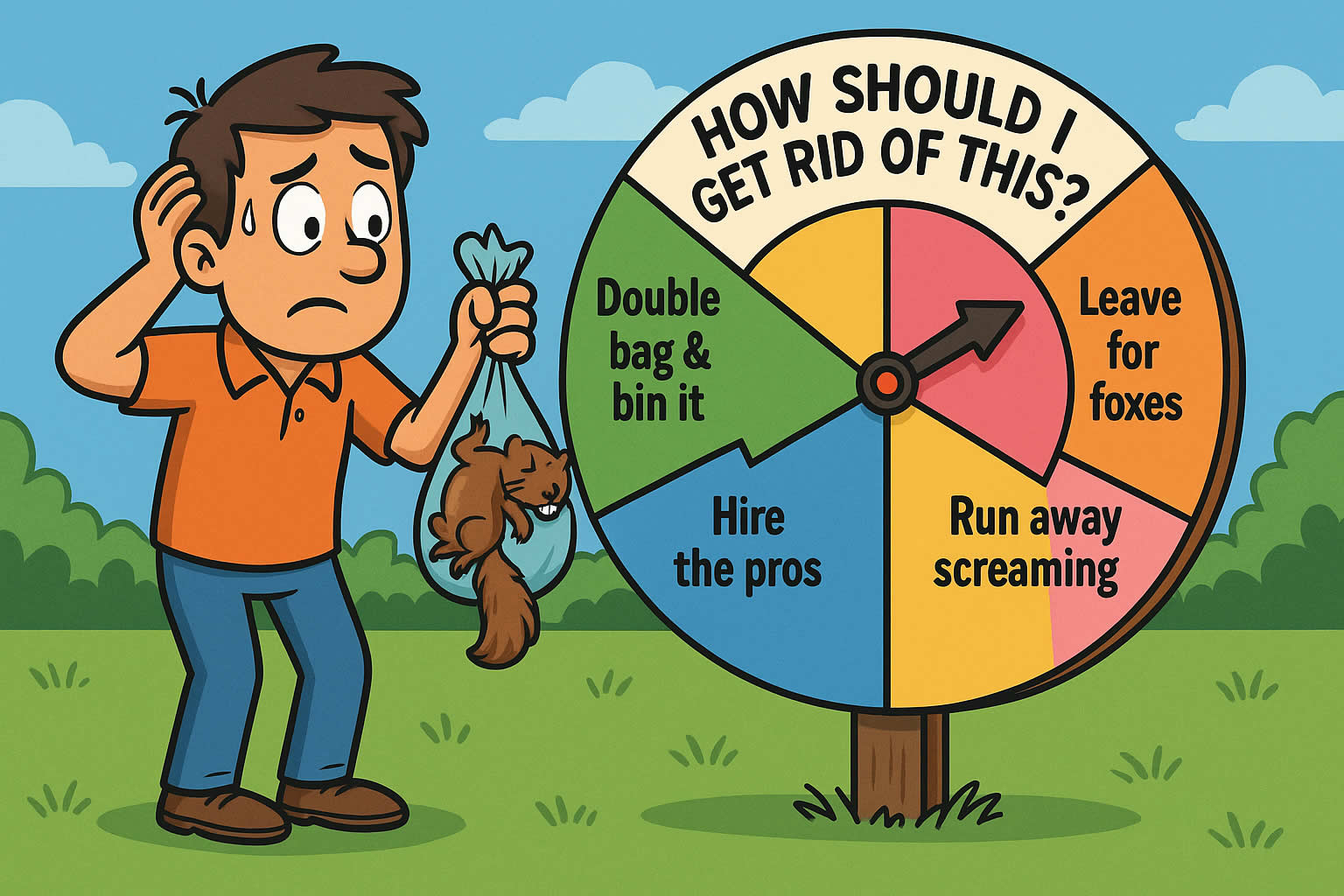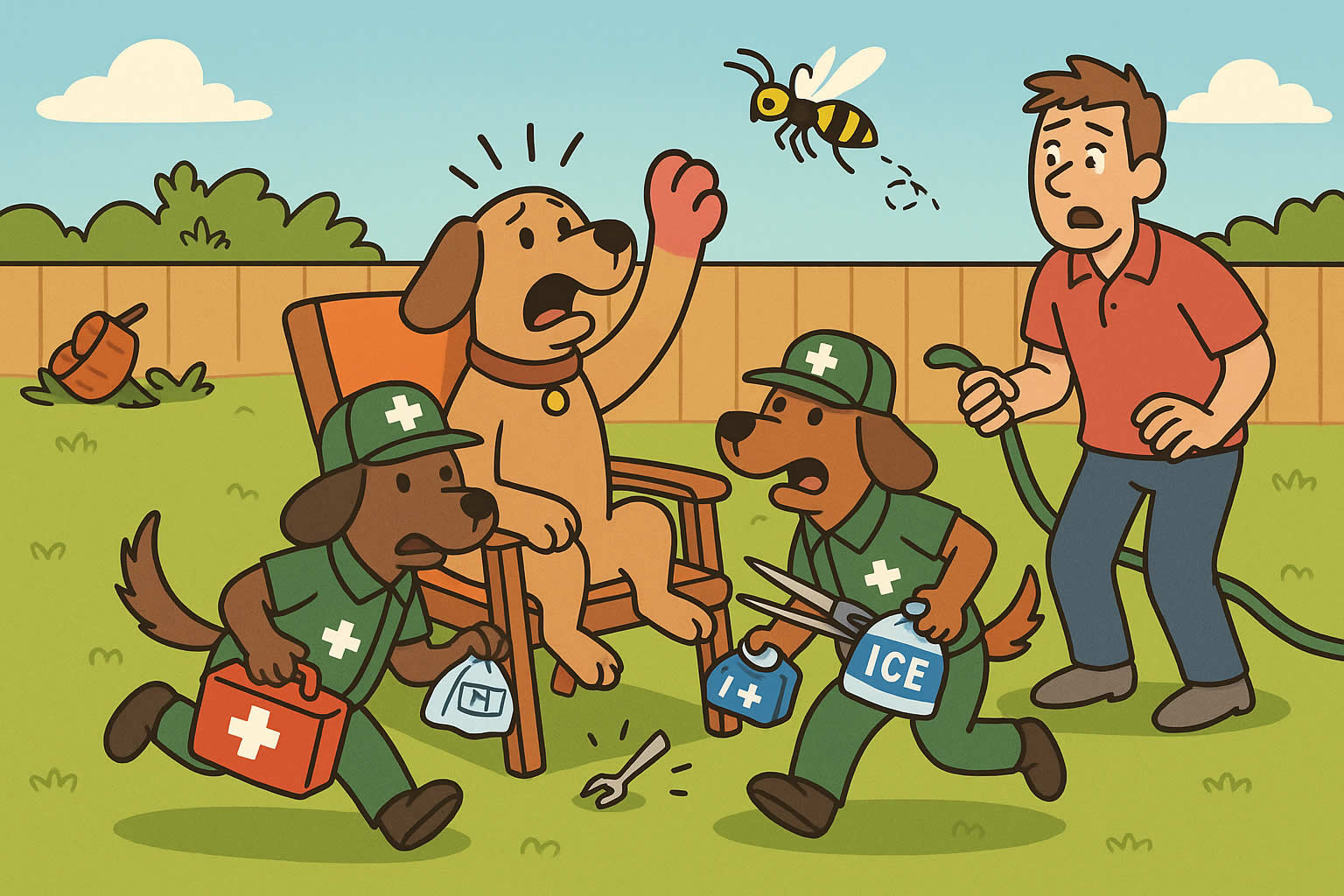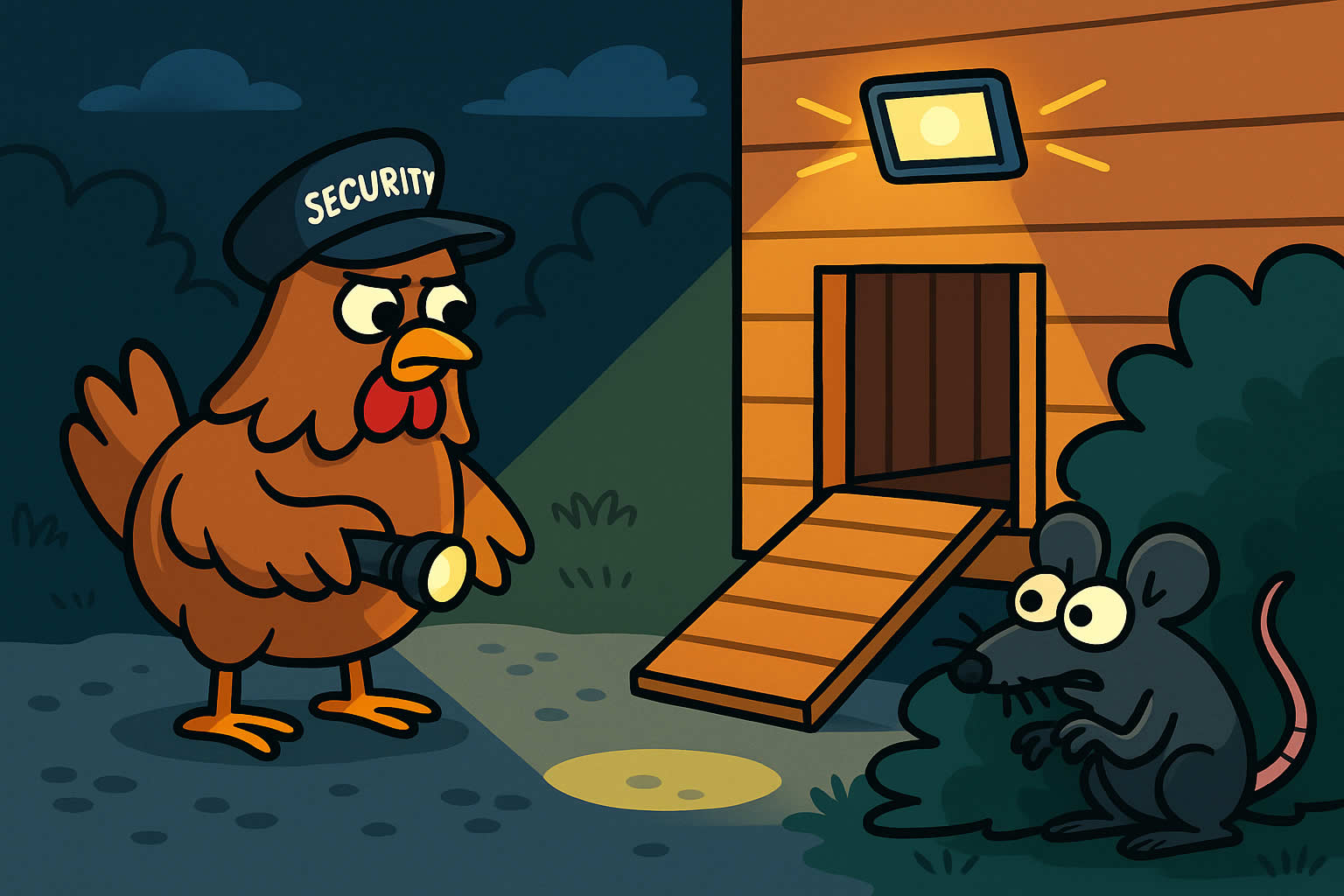Related Queries
ToggleWhen someone discovers bed bugs in their home, panic often sets in. They start checking everything—the bedding, clothing, furniture—wondering where the pests came from and, more importantly, why. It’s a natural response. Bed bugs feel invasive, and the first instinct is usually to blame something: mess, clutter, or bad luck.
But the truth is a bit more complicated. Bed bugs aren’t drawn to dirt or disorganisation. They’re after something much simpler: blood, warmth, and a safe place to hide. That’s it. And they’re very good at finding it.
This post breaks down what really attracts bed bugs—without myths, jargon, or fear. It’s written in a grounded, honest tone to help anyone better understand the issue and take steps to deal with it.
Do Bed Bugs Prefer Dirty Homes?
This is probably the most common misconception. The idea that bed bugs only appear in unclean environments leads many people to feel shame when they spot one. But it simply isn’t true.
Bed bugs aren’t interested in crumbs or leftover food. They don’t live off bin scraps or dirty carpets. All they want is blood—human blood. If a person sleeps in a room, bed bugs might settle nearby, whether that room is spotless or messy.
While clutter might give them more places to hide, it doesn’t cause an infestation. Clean homes can get them, just as easily as untidy ones. In fact, many infestations begin in hotels, where rooms are cleaned daily but people come and go constantly.
So if bed bugs appear, it isn’t a reflection of hygiene. It’s just a matter of access and opportunity.
What Actually Attracts Them?
Bed bugs are drawn by a combination of things, all related to their need to feed. They’re not motivated by curiosity or preference—they’re simply following survival instincts.
Here’s what they seek out:
- Body heat: Bed bugs are cold-blooded and naturally gravitate toward warmth.
- Carbon dioxide: Humans exhale CO₂ with every breath. Bed bugs use this as a signal to locate their host.
- Human scent: Sweat and skin naturally release odours that bed bugs can detect.
- Stillness: When a person is asleep and still, it becomes safer for bed bugs to emerge and feed.
This combination makes beds the perfect target. It’s not that they love mattresses—it’s that beds are warm, still, and full of reliable signs that someone is sleeping there.
Can They Smell Humans?
In their own way, yes. Bed bugs don’t have noses like humans do, but they can detect chemical signals. The natural scent that builds up in bedding over a few nights can help guide them to the source.
Sweaty clothing left near the bed may also draw them in. Used laundry carries human scent and warmth, even after being worn only briefly. That’s why it’s good practice to keep worn clothes in a sealed bag or laundry basket—away from where people sleep.
Interestingly, strong artificial scents like perfume or cleaning products don’t make much of a difference to them. They care far more about natural, biological cues.
Do Bed Bugs Favour Certain People?
Some individuals seem to get bitten more often than others. It can be confusing, especially when two people share the same bed but only one wakes up with bites. But it usually comes down to exposure, location, or skin sensitivity.
A person sleeping closer to the bugs’ hiding spot may get more bites. Or they might simply have more visible reactions—itchiness, redness, swelling—while their partner barely notices any marks.
It’s not that bed bugs prefer one person over another. They feed on what’s closest and easiest to access. Reactions vary, but the bugs are equal opportunists.
What About Furniture—Does It Make a Difference?
Bed bugs don’t really care what something is made of, as long as it gives them shelter. They’ll happily live inside wood, fabric, or plastic if there’s a narrow space to crawl into and stay out of sight.
Soft furnishings like sofas and upholstered chairs are common hiding spots, especially if someone regularly naps there. Even office chairs can attract them if used daily and left undisturbed for long periods.
Second-hand furniture poses a higher risk. Bed bugs can survive without feeding for weeks or even months, so a chair picked up from a charity shop or a bedframe bought online could already have a few hiding inside. Careful inspection is always worth the effort before bringing any used items indoors.
Can Bed Bugs Sense Breath?
Yes. Carbon dioxide is one of the main signals bed bugs use to find a sleeping person. It’s a reliable cue—steady, rhythmic, and consistent.
Even in complete darkness, bed bugs can detect the CO₂ a person exhales. It’s one of the reasons they usually feed at night. The room is quiet, the person is still, and their breathing creates a direct path for the bugs to follow.
Lights and noise might delay their movements slightly, but if they’re hungry, they’ll wait patiently until the room is still enough.
Will Keeping the Lights On Stop Them?
No, not really. Bed bugs are sensitive to light, but they won’t avoid feeding just because the lamp is on. If a person lies still for long enough—light or no light—they’ll come out and feed when they feel safe.
Some people try sleeping with the lights on or playing music in hopes of deterring them. But it doesn’t work long term. Bed bugs are remarkably persistent. It’s better to focus on identifying and removing them than trying to spook them away.
How Do Bed Bugs Get Into the Home?
They don’t crawl in from the garden or sneak through open windows. Bed bugs rely entirely on hitching a ride. That’s how they move from place to place.
The most common entry points are:
- Luggage: Bed bugs often spread through hotel rooms. They climb into suitcases and travel home unnoticed.
- Second-hand furniture: Mattresses, bedframes, chairs, and wardrobes can all hide bugs in seams and joints.
- Visitors: Someone with an infestation may unknowingly bring bugs in on clothing or bags.
- Shared buildings: In flats or student housing, bed bugs can move between units through cracks or pipework.
Once inside, they spread slowly at first. But over weeks, they can multiply quickly—especially if the environment stays undisturbed.
Are Pets Involved?
Not usually. Bed bugs prefer humans. While they can bite animals, it’s not their main source of food. They’re not built to live in fur, and they don’t cling to pets the way fleas or ticks do.
That said, if a dog or cat sleeps close to a human bed, their bedding could become an accidental hiding spot. Not because the pet attracted them, but because the bugs are already nearby.
There’s no need to treat pets directly for bed bugs. Focus should stay on human sleeping areas first.
Are Bed Bugs More Active in Certain Seasons?
Yes—but not because of the weather itself. Bed bugs are active all year indoors, but infestations tend to rise during warmer months. The reason? People travel more.
Hotels, public transport, shared accommodation—these are the places where bed bugs transfer from one host to another. Summer holidays, festivals, and family visits give them more opportunities to hitch a lift.
Once they’re inside a heated home, the season doesn’t matter. They’ll stay active for as long as conditions remain right.
Does Washing Bedding Help?
It does—but only in part. Washing sheets at high temperatures (above 60°C) can kill bed bugs and eggs that are directly on the fabric. That’s helpful, especially if infestations are caught early.
However, washing alone won’t solve the problem if bed bugs are hiding deeper—in mattresses, bed frames, or behind skirting boards.
Still, regular washing has its place. It helps spot early signs like blood spots or faecal marks. It also removes lingering human scent, which might help reduce attraction.
What Are the Signs to Look Out For?
Knowing what to look for is half the battle. The earlier an infestation is spotted, the easier it is to treat.
Here’s what people should check:
- Tiny black dots: Often bed bug faeces. Found on mattress seams, corners of furniture, or skirting boards.
- Rust-coloured stains: Small blood marks on sheets or pillowcases.
- Shed skins: Pale, yellowish shells left behind as bed bugs grow.
- Live bugs: Flat, oval insects, brownish-red in colour. Adults are about 5–7 mm long.
A torch and a slow, careful inspection go a long way. Bed bugs are masters of hiding, but they do leave signs if someone knows what to look for.
How Can People Stop Attracting Them?
There’s no perfect way to repel bed bugs forever. They’re not like mosquitoes—you can’t light a candle and expect them to stay away. But certain habits do make a difference:
- Keep bags off hotel floors and beds
- Inspect second-hand items carefully
- Use mattress protectors that block bed bug movement
- Wash and dry bedding at high heat regularly
- Vacuum around sleeping areas, baseboards, and soft furniture
It’s not about living in fear. Just small, mindful routines that reduce the chance of bringing them in—or catching them early if they arrive.
Final Thoughts: No Shame, Just Solutions
Bed bugs aren’t a punishment. They don’t target messy people or bad homes. They go where the food is—and that means anywhere a human sleeps.
When they show up, it’s easy to panic. But with awareness and quick action, they can be dealt with. Whether through professional help or careful treatment, infestations don’t last forever.
Understanding what attracts them helps take the mystery—and the fear—out of the situation. It brings control back to the person affected.
And that’s the first step to getting life back to normal.
Pest Control How End – Pest Control London – Pest Control Shelton













